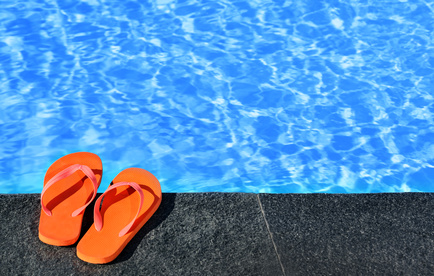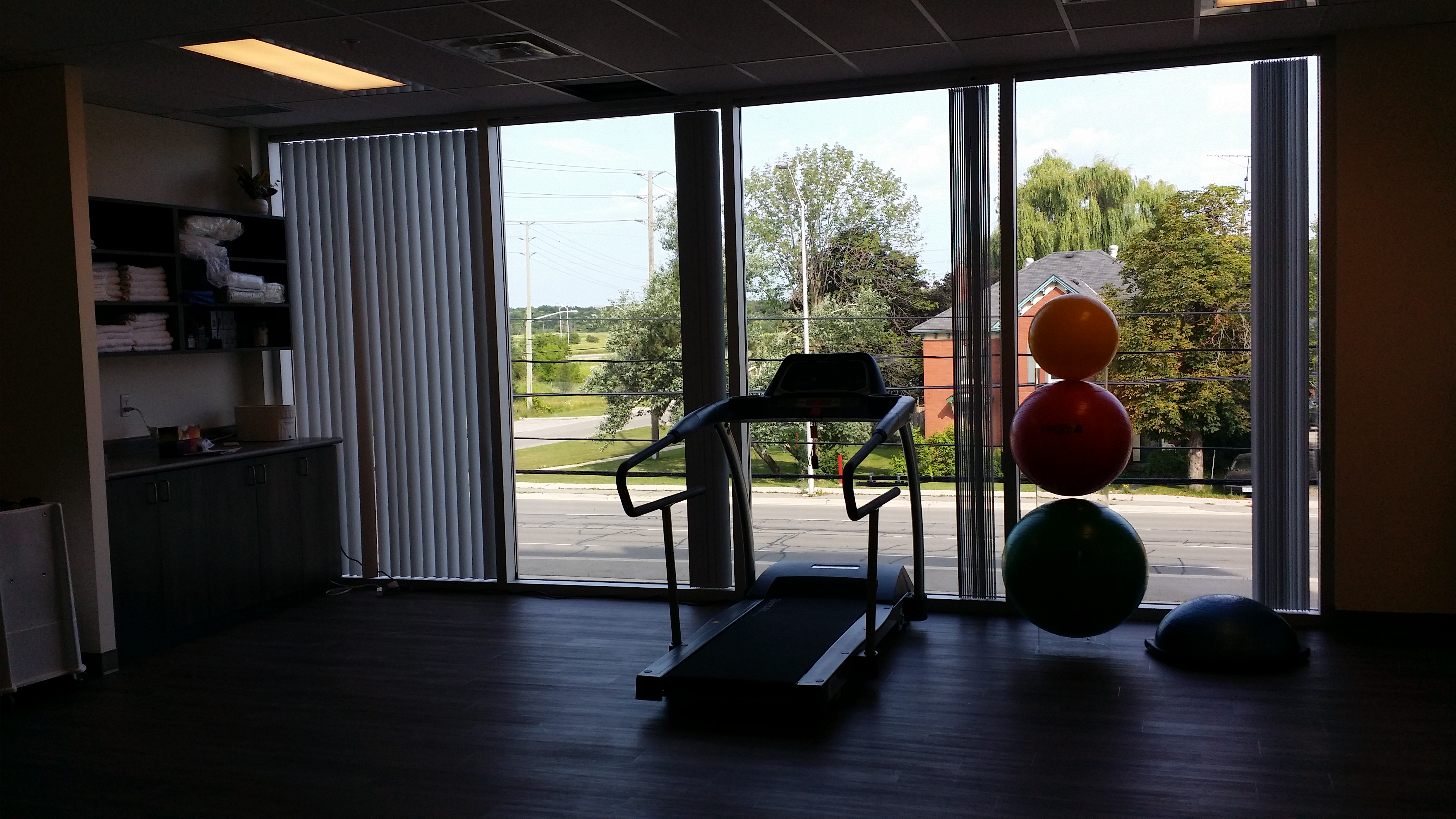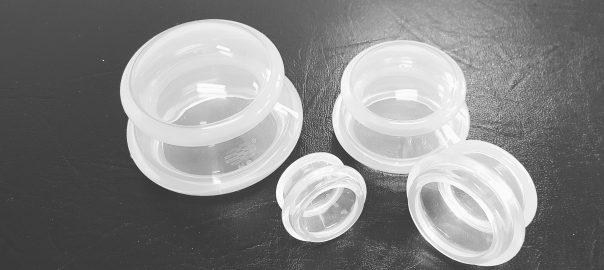If you’re anything like me, you’ve been spending the last week glued to your TV watching the events down in Rio. At our Oakville Physio clinic we’ve been spending some time live streaming our favourite events when we can sneak it in.
Athletes have always been a strange bunch, you almost need to be in order to obsess so long over a specific activity. Seeing the American swimmers including Michael Phelps covered in bruises has piqued the interest of many. Of course, I’m talking about the rehab craze of this Olympics, cupping.

What is Cupping?
Cupping isn’t a new thing. It has been used in the Middle East and Asia for thousands years as a therapy for all sorts of conditions, not just musculoskeletal pain. The kind of cupping Mr. Phelps has been receiving (we think), is called “dry cupping”, where a glass cup is moved along the skin creating a partial vacuum. Imagine two pieces of glass with some water in between. You can’t pull them apart, but you are able to slide them. This is cupping. It is meant to increase blood flow to the area. Many traditional practioners also use a version called “wet cupping”. Wet cupping involves making small incisions in the skin. Think of it is a slightly cleaner version of medieval blood letting.1
The evidence on cupping is spotty. A systematic review published in 2011 showed wet cupping to be an effective pain relief modality, although the researchers did not make clear that it was superior to other therapies and the studies generally showed a high risk of bias due to methodological errors.2 Dry cupping has been less well researched, with the only quality study I could find examining the subject being published in 2013. This team of German researchers concluded cupping was an effective way to deal with chronic neck pain, but was not superior to relaxation techniques (a common approach to chronic pain).3
What does this mean for you? At Palermo Physiotherapy and Wellness we do offer cupping as a form of a treatment, but it isn’t for everyone. It can be uncomfortable and potentially leave red marks or bruises. It does seem to increase blood flow and loosen tight tissues in some individuals. If you are interested in cupping, ask your Physiotherapist or Massage Therapist if you might be appropriate for the treatment. We can’t guarantee you’ll be able to swim like Michael Phelps afterwards, but you just might feel like him.

1. Arslan M, Gokgoz N, Dane S. The effect of traditional wet cupping on shoulder pain and neck pain: a pilot study. Complementary Therapies in Clinical Practice. 2016 (23): 30-33
2. Kim J et al. Cupping for treating pain: a systematic review. Evidence Based Complementary and Alternative Medicine. 2011
3. Lauche R. et al. Effectiveness of home-based cupping massage compared to progressive muscle relaxation in patients with chronic neck pain – a randomized controlled trial. PlosOne. 2013;8(6)

